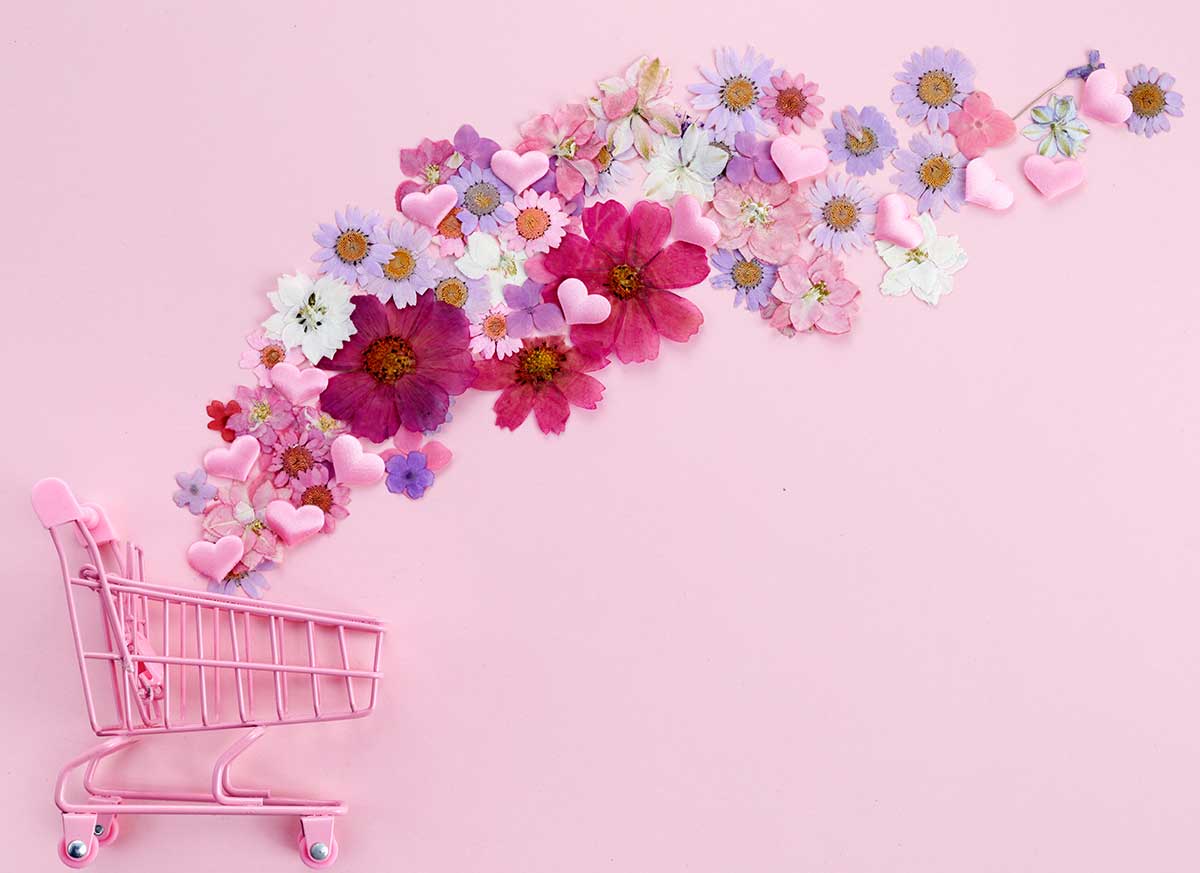In April 2025, U.S. consumer sentiment experienced a significant decline. According to the University of Michigan's survey, consumer sentiment fell to 50.8, down from 57.0 in March. This drop is attributed to escalating inflation fears, with expectations for inflation a year from now rising to 6.7%, the highest level since 1981. These concerns are widespread across all demographics.
Financial Concerns and the Floral Industry
IFPA’s Consumer Tracker reveals that 76% of Americans are worried about their finances, a 5% increase from the previous year. In March 2025, the IFPA Consumer Pulse indicated that 45% of Americans felt unfavorable about their finances, and over 60% believe that any costs associated with U.S. tariffs will be passed on to consumers. The floral industry must remain agile to adjust strategies, manage costs, and maintain supply chains amid changing trade policies under the new administration.
Price Sensitivity and Purchasing Behavior
Financial stress makes consumers more price-sensitive, leading them to seek out the best deals and discounts. This increases competition within the industry to offer competitive pricing and promotions. Of particular concern to the floral industry is the reduction in purchasing of entertainment-based or discretionary items over the past year.
Conclusion
Overall, the U.S. consumer psyche in 2025 is marked by heightened anxiety and fear of a potential recession. As consumers become increasingly worried about the impact of President Trump's tariff policies, which have contributed to a pessimistic outlook on business conditions, personal finances, incomes, and labor markets, the floral industry will need to refine its messaging to highlight the mental well-being benefits of floral products and re-examine pricing strategies.
